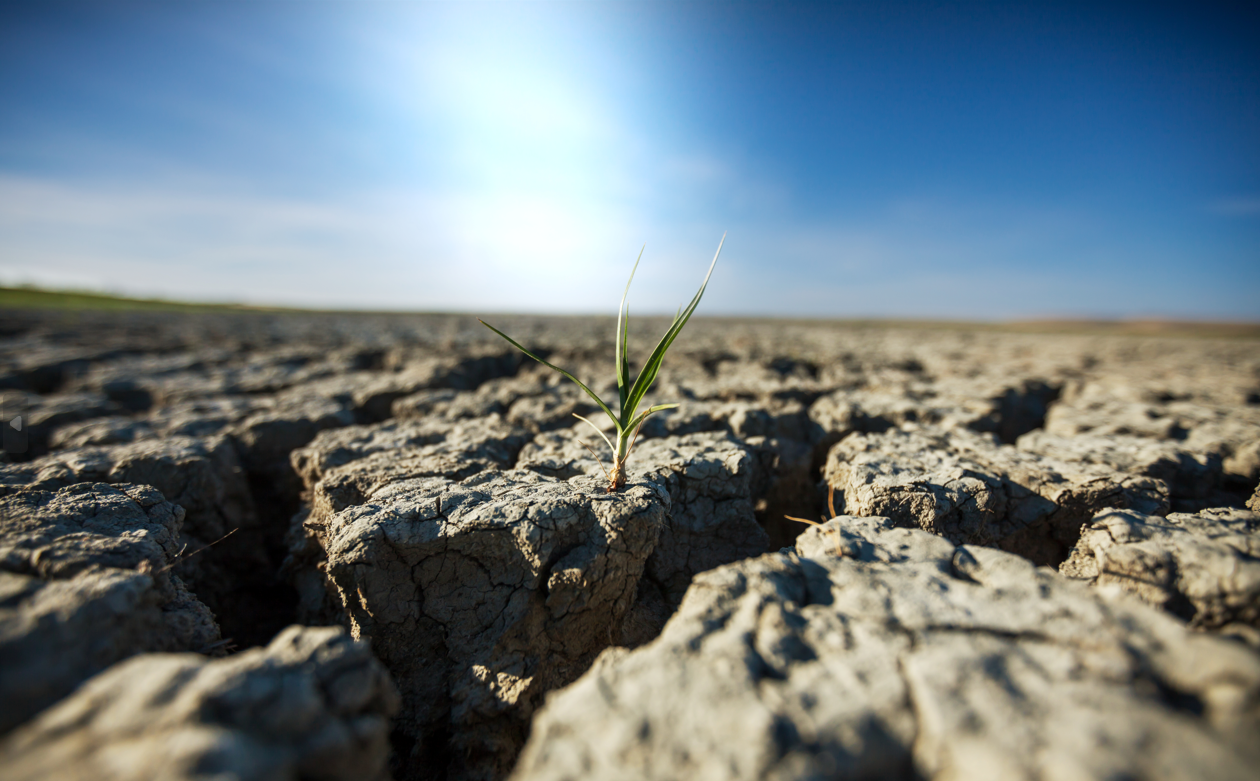By Isidro Juan Miron, Cristina Linares and Julio Diaz – Published by Environmental Research Volume 216 – January 01, 2023
Food security and food safety are two concepts related to food risks. The majority of studies regarding climate change and food risks are related to the security of food provision. The objective of this study was to review the current state of knowledge of the influence of climate change on food production and food safety.
The literature search was carried out by specifying each area individually (crops, ranching, fishing, food safety, etc.), including the term “climate change” and other specific factors such as CO2, ozone, biotoxins, mortality, heat, etc.)
The increase in carbon dioxide concentrations together with the increase in global temperatures theoretically produces greater yields in crops destined for human and animal consumption. However, the majority of studies have shown that crop yields are decreasing, due to the increase in the frequency of extreme weather events. Furthermore, these climate anomalies are irregularly distributed, with a greater impact on developing countries that have a lower capacity to address climate change. All of these factors result in greater uncertainty in terms of food provision and market speculation.
An increase in average temperatures could lead to an increased risk of proliferation of micro-organisms that produce food-borne illnesses, such as salmonella and campylobacter. However, in developed countries with information systems that document the occurrence of these diseases over time, no clear trend has been determined, in part because of extensive food conservation controls.

